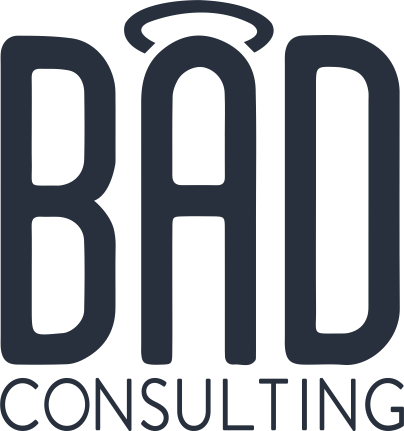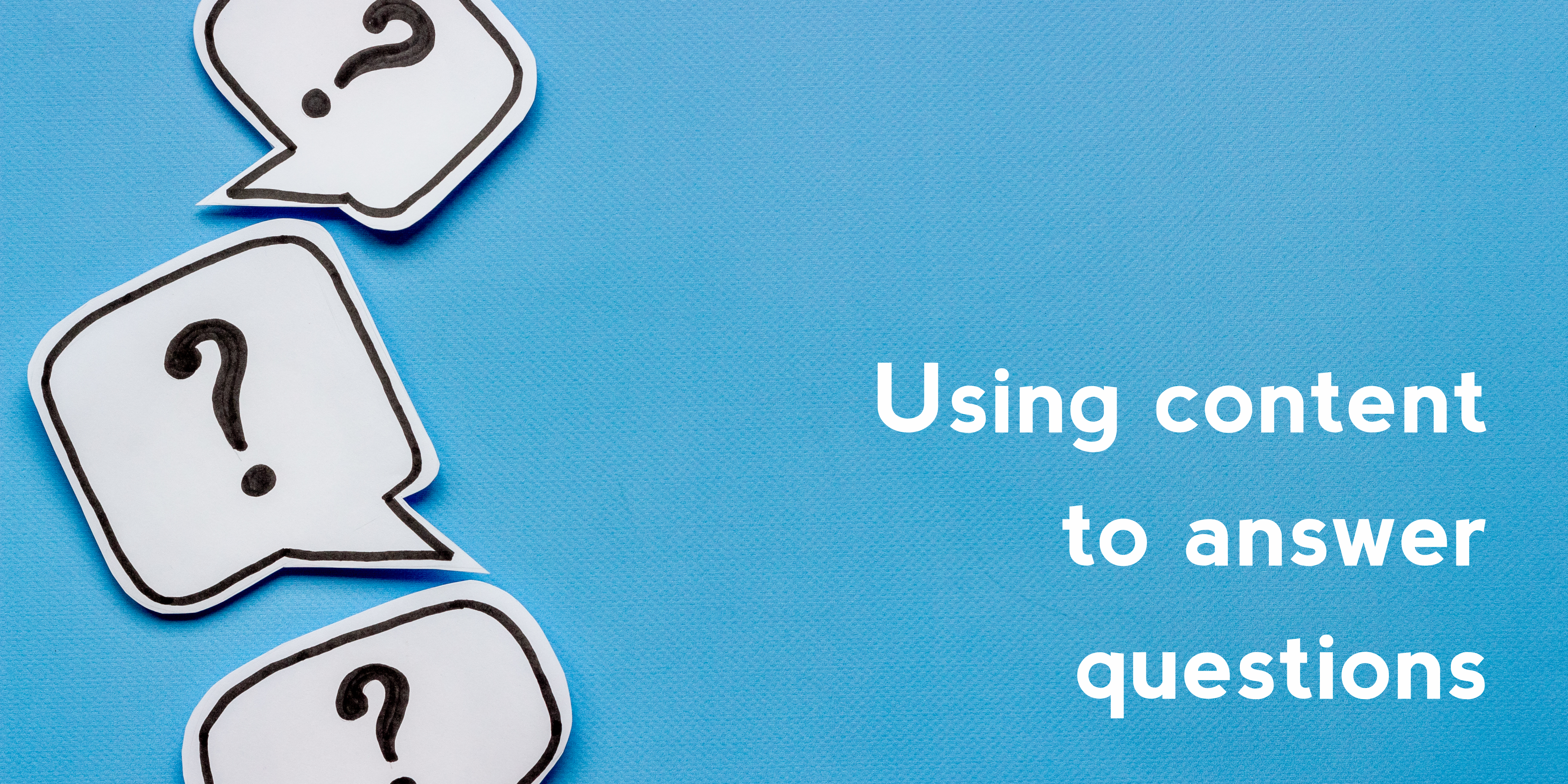When I work with a new client, they usually look at content as something you need to push out at the audience. There is no two way communication with it. It’s about the client’s needs only. That’s a great way to fail. A better way to go about it is to start with the questions your audience has.
Why? If you’re always anticipating their questions and getting answers for them ahead of time, it will save you time and keep your audience coming back for more.
Where do you get these questions? Let’s take a look at it.
Questions directly from your audience
You probably have a list of frequently asked questions somewhere, even if it’s just filed away in your head. Start there. Decide if there’s enough there for content (even if there is just a little bit of information, there’s enough). And then decide what type of content is appropriate or if it fits multiple types of content. This is the easiest content to produce and you likely will be able to fill a lot of your editorial calendar with it.
And from there, just take note when you get a question from your audience: Is there more that I can do with this question beyond answering it for this one person? Could more people have this question? And then of course, is this timely enough to knock other things off the calendar (at least for now)? Constantly asking yourself this will give you a great base for creating content and many people have more than enough to do with just doing this.
Questions from Google
If you’re ready to go to the next level and answer more timely questions, it’s time to turn to Google.
When you search a term, you will find a section called, “People Also Ask.” And there are loads of questions with answers from various website as well as a link to where that answer is located on the website. What does this mean? If you answer these questions on your website, you increase your chances of being found when your keywords are searched.
Yes, this does mean that you have to have well-researched, relevant keywords to do this. How do you get that? It’s too long for this blog post, but this is a case where you should probably bring in a professional. But once you have those, a whole world of content can open up to you.
This is of course great for your website, but don’t forget to put the answers to these questions on social media as well. Not only will you be getting those answers to your audience but it will help you be found. People are searching more and more on social media. And don’t forget that you’re feeding AI information that could get you found as well. Answering these questions on social media will work for you on multiple levels.
Answer the Public
If you have those keywords and are ready to go even deeper, try Answer the Public. I’m at the point where I use this tool for every client I have coming in, even if I’m not doing anything on their website.
You put your keywords in and it will spit out a ton of information. Going through this information and pulling out the relevant information is honestly the hardest part of using the tool.
In many circles, there has been a lot of talk about semantic search and this is what Answer the Public will give. It gives you all of the searches that include your keyword and the different ways it was incorporated in those searches. And that means you will get duplicate search intents and irrelevant searches as well. But if you take the time to get through it all, you can easily come up with a six month content plan. That’s six months of not having to think about what evergreen content to post. That’s a huge weight off of anyone’s shoulders.
You just take the searches (aka questions) and divide them up by timeliness and type of content would be best. And then you punch them into your calendar, knowing that it’s appropriate to hit some of those several times over those six months. From there, you work backwards and create deadlines (a little earlier than you think you’d need since things come up and people are always running behind). You then assign tasks to anyone who will be working with you on this and then you can go. This will bring a sense of peace and purpose to your social media marketing that is likely not always there.
Be responsive to your audience
In the end, this is just a way to be responsive to your audience. Doing this shows interest in their wants and needs. And if you show interest in them, they’ll likely show interest back in you. After all, social media is just one big conversation. So keep that conversation going by answering a few questions this week.
Are you answering questions with your content? Where do you find your audience’s questions?


One response to “Using content to answer questions”
[…] your first impulse is to say that you are doing that by investing in content, I’m gonna stop you right there. That is one aspect of the puzzle, but it’s not the […]